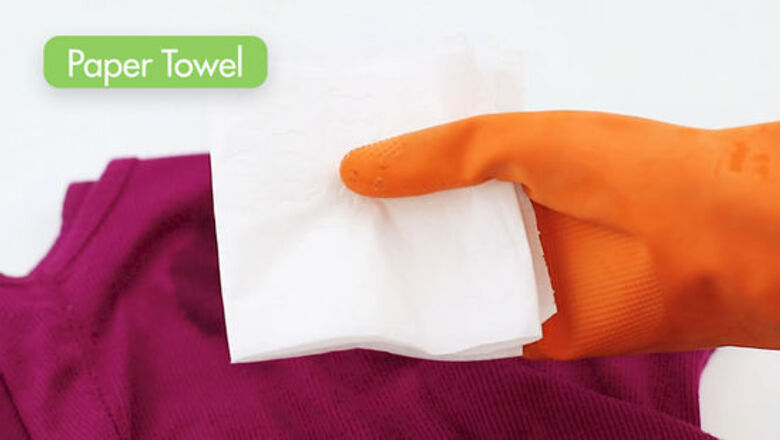
views
Removing Oil Stains with Baking Soda & Soap
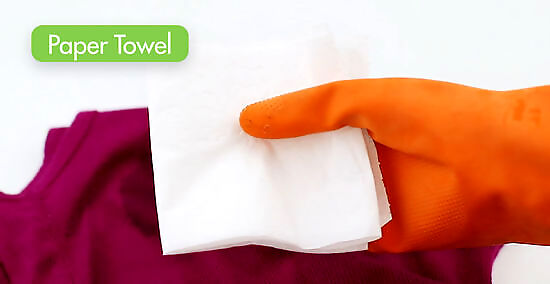
Scrape off the excess oil and blot the area with a paper towel. Use a butter knife, spoon, or old credit card to scrape off any solids or pooling grease. Blot the spot with a clean white paper towel or cloth to absorb as much oil as possible. If the oil has already dried up, move on to the next step. Plain paper towels are best for this step—colored cloths or paper towels with printed patterns may transfer color onto your clothing. Optionally, pretreat the area with a prewash stain remover.
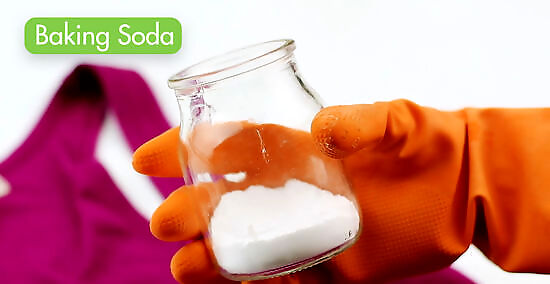
Apply baking soda and let it soak up the oil for 5 to 10 minutes, then brush it off. Use an old soft toothbrush to gently scrub the baking soda into the stain. If the baking soda clumps and turns brown, scrape it off and apply a new layer. Repeat until the baking soda no longer changes color, then brush off any leftover soda with the toothbrush. For delicate or dry-clean-only fabrics (like silk or chiffon): Use cornstarch, talcum powder, or baby powder instead of baking soda and skip the next step. After brushing off the baking soda, you can spray or pour white distilled vinegar directly on the stain to cut through the grease and let it sit for 30 to 60 minutes.
Saturate the area with an enzyme-based laundry detergent or dish soap. If you’re using dish soap, make sure it specifically removes grease. Apply enough of your preferred liquid soap to saturate the stain and use a cloth or your finger to rub it in gently. Let the soap sit for 5 minutes.

Wash as directed and allow the shirt to air dry. Check your clothing’s care label for specific requirements. Try to avoid putting your garment in the dryer—high heat can react with the leftover oil and cause a fire hazard or set the stain into the fabric. Check your clothing’s care label for washing instructions. Add ½ to 1 cup (118 to 237 mL) of white vinegar to the wash cycle to make the detergent more effective. If the stain is there after washing and air-drying the garment, repeat these steps until it’s gone. If the stain remains, try the next method. For dry clean only items or fabrics like wool, silk, or cashmere: Bring your garment to a professional for special care.
Removing Set-in Oil Stains with WD-40 & Baking Soda
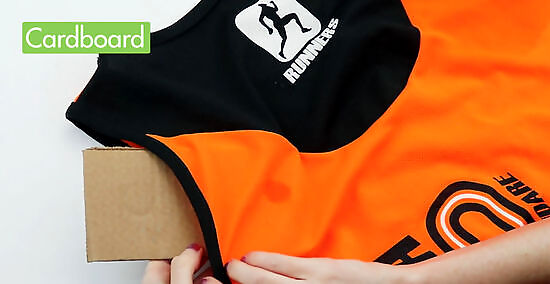
Put a piece of cardboard inside the garment behind the stain. Try to cut the cardboard several times larger than the stain, in case the stain spreads. The cardboard will prevent the stain from sinking into the back of your garment. Try these steps if you’ve washed and dried your oil-stained garment or if the oil stain has been sitting in the item for a long time.
Spray the stain with WD-40 and let it sit for 15 to 30 minutes. If you have a small stain, spray the WD-40 into a small bowl, and apply it to the stain using a cotton swab. The WD-40 will help break the oil stain down and make it easier to get out. Alternatively, apply a lemon juice and salt paste to the stain and let it sit for 30 minutes to an hour. Scrub with an old toothbrush, then rinse the garment and wash it as usual.
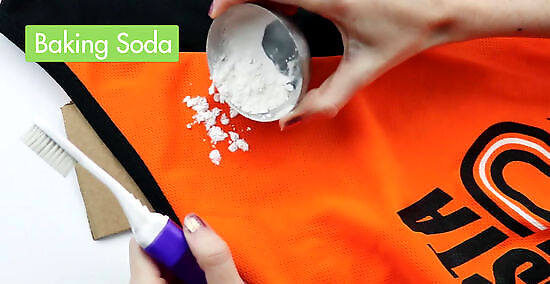
Use an old toothbrush to scrub baking soda into the stain. Pour baking soda over the stain in a thick layer. Work it into the fabric using a toothbrush. As you scrub, the baking soda will clump up as it absorbs the oil.
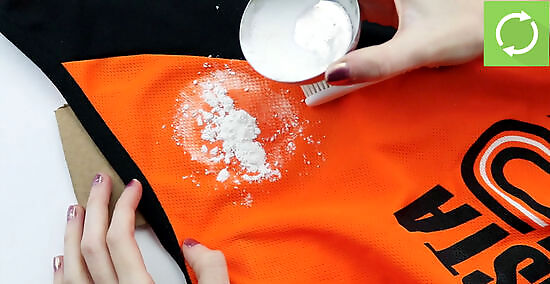
Repeat the baking soda treatment until you have no more clumps. Dust off the old, clumpy baking soda, and sprinkle on some new baking soda. Keep scrubbing, dusting, and adding new baking soda until you get no more clumps.
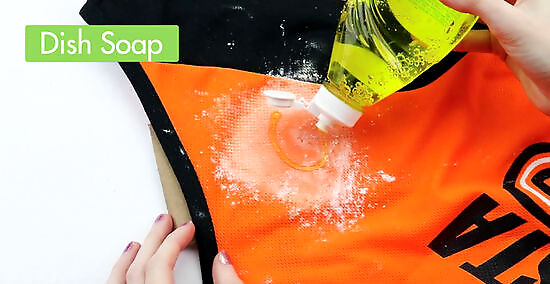
Pour dish soap onto the baking soda. Gently swirl the dish soap to get it into the fabric. Make sure that there is still a slick layer of dish soap. If it has completely soaked into the fabric, add a little bit more.
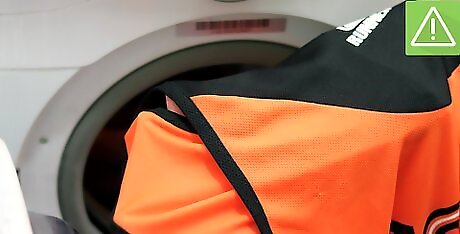
Wash the item and let it air dry. Hand-wash the garment or put it in the washing machine. Check to make sure the stain is gone after it dries. If the stain is still there, repeat this process until it’s gone. Make sure the stain is completely gone before putting the item in the dryer. High heat can set the stain into the fabric, making it even more difficult to remove.



















Comments
0 comment